A home is one pricey investment. In fact, it’s one of the most expensive purchases you will make in your lifetime. With that thought in mind, it’s obvious you will approach this prospect with a lot of caution. Saving up for a home purchase is no small feat, so you want to ensure you are making a sound investment. One wrong investment and you could find yourself owning a property that is less than ideal and certainly less than what you bargained for. An undetected defect that could have been avoided can completely throw off allocated relocation expenses and budget.
That is why it is important to conduct a Home Inspection before your purchase, and a thorough one at that! Home inspections offer you, as a Buyer, a sort of “insider knowledge” as to what may be going on under the surface and unnoticed by an untrained eye.
While elements of an inspection may vary in a city such as New York versus in a suburban area, below are 5 things that you should keep top of mind as you conduct a Home Inspection before purchasing a property.
Inspecting Housing Before Buying It - 5 warning signs
Make no mistake - the list of things you should check before taking out a mortgage is a lengthy one. But there are five main features you should inspect because, if unnoticed, they can be expensive fixes and even result in adverse conditions.
It is helpful for you to be conscious these 5 points as it relates to home inspection, but we always recommend that you hire a professional Home Inspector to conduct the inspection prior to your purchase.
Water damage
More precisely, the water damage which was concealed by paint. In the long run, this practice
will most likely lead to mold, and mold is very unhealthy to breathe in. Not to mention the fact that it's an eyesore, one that will singlehandedly ruin the look of any room. Clearly, there isn't a homeowner out there that will put his/her property up for sale and leave the signs of water damage on display. So how do you manage to see through their cover-up? Look at the underside of drawers and sink in the kitchen. Glance at the base of the tub and the toilet. Most importantly, look for soft or warped sheetrock underneath window sills. If you notice any, you can rest assured there are leaks.
Room Fresheners
How can room fresheners possibly be bad? After all, isn't it desirable for a house to smell nice? It is desirable, but just like people wear deodorant and perfume to cover up the bad smells, so do homeowners use room fresheners to cover up nasty odors. And living in a smelly house is not a situation you want to be in. If you want to find the usual culprits of bad smells in houses, look for leaky pipes, mold, sewage, pets, etc.
If you plan on investing in Manhattan real estate which is pretty much the most elegant, sophisticated, and modern borough of NYC, you are bound to encounter a fair share of scented candles. That's no reason to freak out. But if you notice the homeowners putting extra effort into spraying every room, as well as decorating it with potpourri and scented candles on top of it, your red flag alarms should be going off right about now.
Uneven Floors
Uneven floors are quite common in old houses. It might sound ridiculous, but you should always bring a marble when inspecting housing before buying it. You can place it around different areas on the floor in each room and watch whether it stays put or it starts sliding down. Clearly, floors that are very uneven will be observable. But small deviations might only be discoverable with the marble test.
Fixing uneven floors is very, VERY expensive. You will have to rip out the existing floors, correct the support columns, find a matching floor and replace it so that it fits with the existing one. Trust us - no one in their right mind would want to add this much work to their already full plate.
Roofing
When putting a roof over your head, you will want to make sure that the roof is not leaking. A roof has an expiration date. Of course, the date is not clearly stated but, like all the other components of a house, a roof has to be properly maintained and replaced after a certain number of years. Or decades.
When inspecting housing before buying it, don't forget to ask the owners when the roof was last replaced. Even though everything might seem alright at the time of the inspection and there are no leaks, if it has been decades since the last time the roof was worked on, well, we have some bad news for you. You will be the one that will be tasked with replacing it. And don't let anyone trick you into thinking this is anything but a very pricey investment.
Exterior Cracks and Tilts
Let's say you find a perfect home that fits your needs and wishes like a glove. While inspecting a house, you notice a small crack. But that crack is certainly not enough to deter you from buying your perfect home, right? Wrong! What you are doing right now is underestimating the complexity of the problem which is leading you down a path you don't want to take. It just so happens that this is one of the biggest mistakes first-time homebuyers make.



























